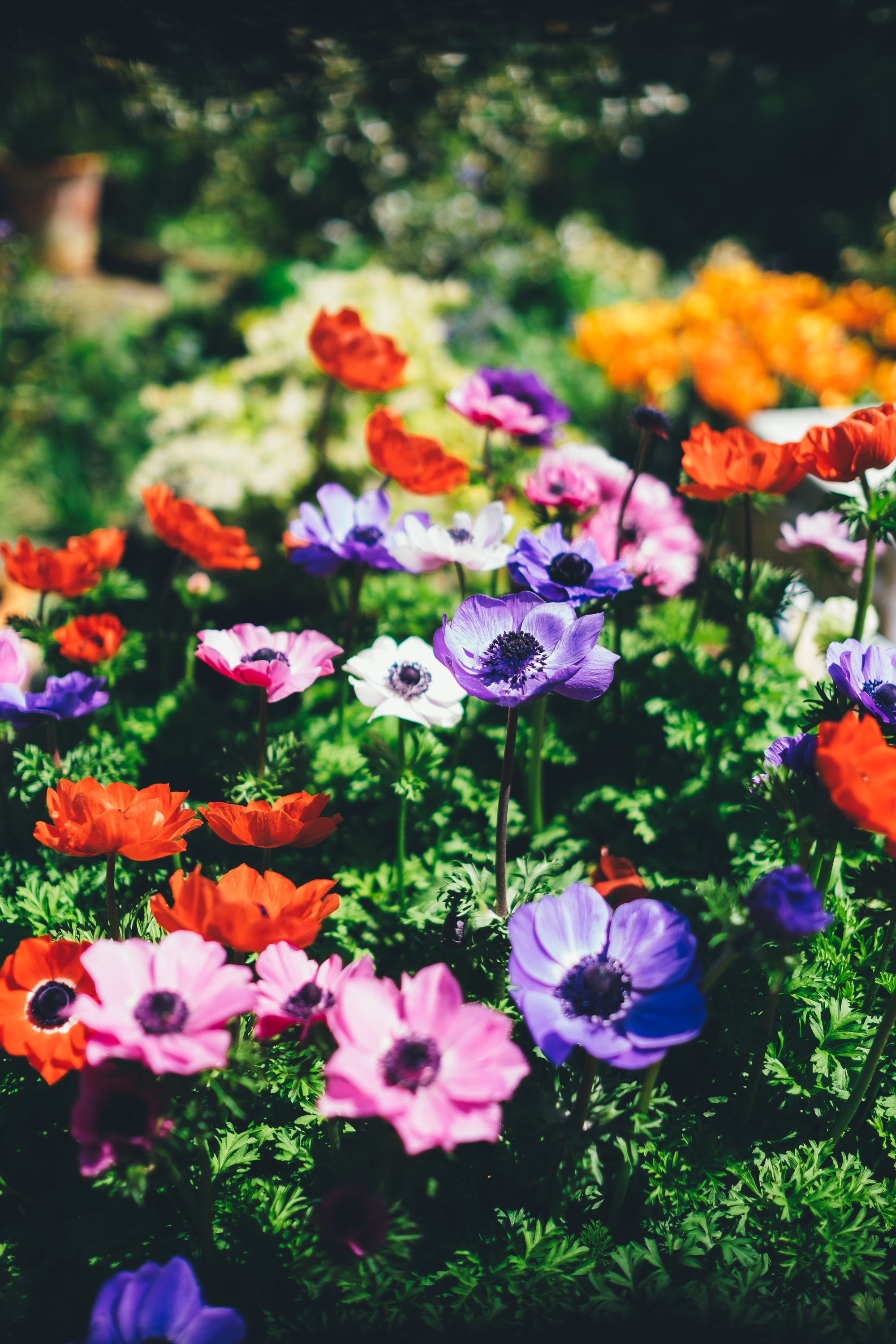One Hundred and Twenty-two
- Judith Cox

- Sep 5, 2022
- 3 min read
Staying on top of garden marauders is a constant challenge.
I enjoyed the cool breezes this morning as I did my chores. I can feel the humidity waiting for me just around the corner. The humidity has been quite the factor not only for my knees but also for my roses. This year I am finding that I have blackspot on several roses where I have never had blackspot before. Blackspot and mildew usually occur with high humidity and are usually not fatal. They make your rose bushes look terrible however, and that is disheartening. What blackspot will do is stress your rose. The best thing to do if you have it is to clean all around your rose right now and put any of the fungal-ridden foliage in the garbage or green bin. In the fall when it is time for the roses to go to bed for the winter thoroughly clean underneath the plant so those spores don’t have a chance to reinfect your roses next year. Some roses, like my Rosa Mundi, are very susceptible to blackspot so I need to be diligent. I will be clearing up under that rose this week.
I mentioned my Hubbard squash a while back. Some thirsty animal had been digging about next to it after I had watered. I put down a bowl of water, adding a rock and a stick so the toad wouldn’t get stuck, and I have had no more digging. I also wrapped the base of the stem of my squash in tinfoil as a squash borer deterrent and it seems to have worked. I have used this method with success before and was pleased to hear Nikki Jabbour mention it in her latest vegetable book. That being said, my zucchini has not done as well. I enjoyed the first few zucchinis of the season a week or two ago and found growing them in a pot seemed to discourage the cucumber beetle. I never thought about the squash borer and when I went to check on them on Sunday, I found those fat nasty grubs had destroyed my zucchini plant. I pulled the whole plant and gave it, grubs and all, to the chickens. Lesson learned. I never got around to planting a second or third plant, so it is off to the farmers market for me.
Today I am straining my nasturtium vinegar and making my Nasturtium Vinaigrette. The colour of the vinegar is so lovely that I will be sure my vinaigrette is in a clear bottle. I am gathering my ingredients and getting ready to make it. I like to use basil as my herb, but really the herb is your choice. I like to use fresh herbs in the summertime but if you do not have access to fresh herbs change a tablespoon of fresh herb to a teaspoon of dried herb.

Ingredients for my vinaigrette
Nasturtium Vinaigrette
½ cup olive oil (or oil of your choice)
¼ cup nasturtium vinegar
1 tablespoon finely chopped basil
1 teaspoon minced garlic (or more should you wish)
Combine these ingredients in a bottle or mason jar, put the lid on and shake it really well.
I shake the vinaigrette every time before I use it and then keep it in the fridge.

Shaken Nasturtium Vinaigrette
Just a reminder that the dahlias are blooming. Such a happy flower and enjoyed by many pollinators. Dahlias come in many sizes and colours so take note of the ones that you like for next year. Enjoy your week.
Judith (Email: sghorticultural@gmail.com)
Veggie Bites are available at https://sghorticultural.wixsite.com/website or https://gardeningcalendar.ca/articles/veggie-bites/

My newest dahlia! Still searching for the name tag.



Comments